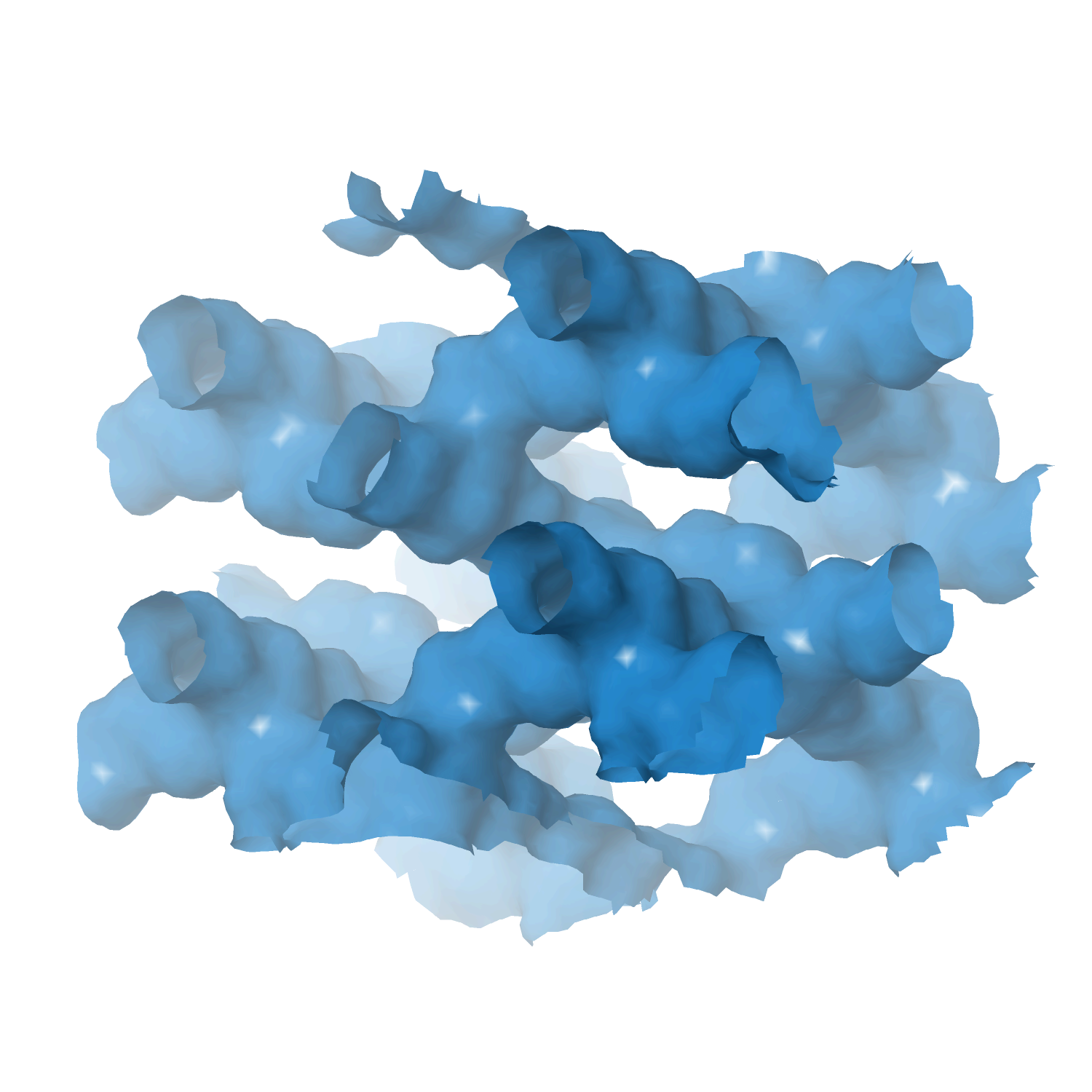Heterogeneous catalyst engineering ⇒ from stable and deactivation resistant to viable technical catalyst
Advances in heterogeneous catalyst “structure” are driven to improve their “function” or performance, i.e., activity, selectivity, and stability. Cooperative research is required to understand the structure and function relationships: developing new synthesis protocols for heterogeneous catalysts with unique surface properties, defined porosity, identification and understanding of catalytically active sites, reaction mechanisms, and finally, prediction and analysis of the processes using various computational tools.
Our group focuses on developing new catalyst formulations using innovative synthesis routes for various important heterogeneous catalysts. That includes thermal, electro, and bio-electro catalysis.
The active phase cannot be used directly in its final application or reactor for various reasons, including poor mechanical resistance, heat or mass transport, and fluidization features. We must mix the active phase with other ingredients in a matrix of binder and filler, while we shape it into a technical catalyst. We investigate new synthetic protocols for technical catalysis using spray drying and fluidized beds to cover the whole range of sizes. At the same time, we incorporate additional (unconventional) ingredients such as SiC to improve some features even further.
- Technical catalyst I ⇒ spray drying and extrusion
- Technical catalyst II ⇒ spray fluidized bed reactor
- Technical catalyst III ⇒ electrospinning
- Zeolite catalysts ⇒ with defined structure/porosity
- Multi-metal (high entropy) alloy catalysts
- MXene catalysts ⇒ single and multi-dimensional
- Perovskite catalysts
- Metal-organic framework (MOFs) catalysts
- Supported metal/metal-oxide catalysts
- Aerogel catalyst
Aromatics Reduction of Pyrolysis Gasoline (PyGas) over HY-Supported Transition Metal Catalysts
by
Castaño, Pawelec, Fierro, Arandes, Bilbao
Appl. Catal. A: Gen.
Year:
2006
Abstract
The hydrodearomatization of pyrolysis gasoline (PyGas) over bifunctional catalysts, based on noble metals (Pt, Pd, Ir, Ni) supported on a HY zeolite, has been studied in a fixed-bed reactor. The surface structures of the catalysts were determined by CO chemisorption, photoelectron spectroscopy (XPS), temperature-programmed reduction (TPR) and temperature-programmed desorption of H2 (H2-TPD). Catalyst acidity was assessed by ammonia desorption measured by differential scanning calorimetry (DSC-NH3) and Fourier transform infrared spectroscopy of adsorbed pyridine (FTIR-Py). The kinetic performance and product selectivity of the catalysts were discussed in terms of the data provided by surface characterization techniques. Kinetic interpretation was carried out by using individual step conversion, i.e. hydrogenation and ring-opening. The results under mild ring-opening (MRO) conditions indicate a strong dependence of the hydrogenation activity on the metal used. Operating under severe ring-opening (SRO) conditions, a linear dependency of conversion and n-alkane yield on total acidity of the catalyst was observed.
Keywords
HPC
HCE
W2C
